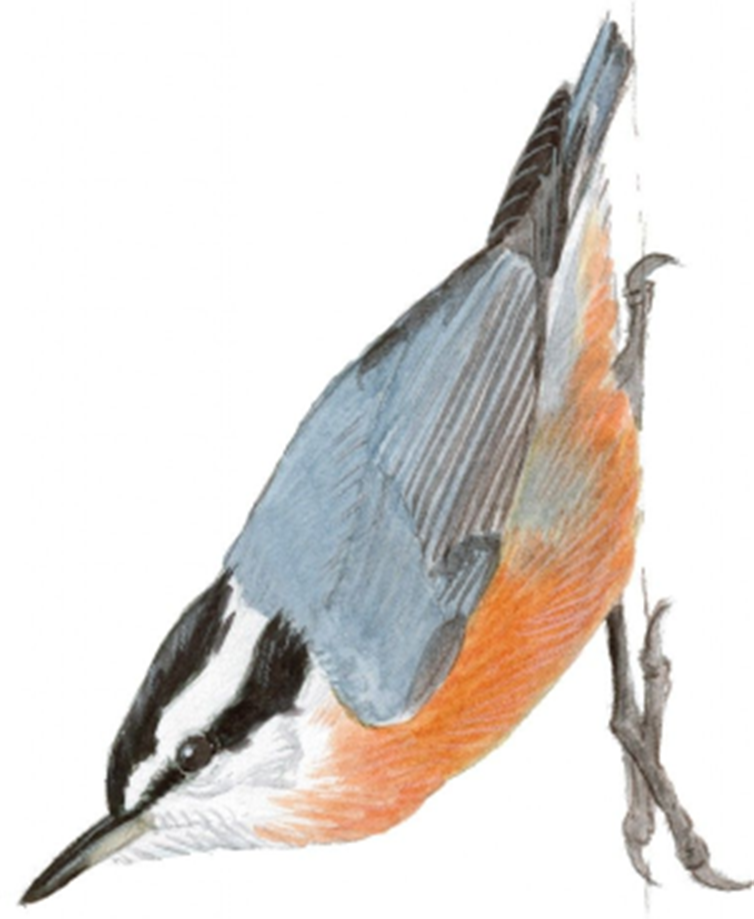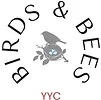Fun Facts about Red-breasted nuthatches:
· Like the White-breasted nuthatch, the Red-breasted is monogamous and will defend its territory throughout the year. The female rarely strays far from her mate and stays in constant vocal contact while foraging for food
· The Red-breasted nuthatch is an aggressive defender of its nesting cavity, especially during building. It chases away much larger birds, such as the Downy woodpecker, and has been observed bullying the very aggressive House wren
· Red-breasted nuthatches were known by the common names Canada nuthatch and Red-bellied nuthatch in the past. The reference to Canada is still reflected in its Latin name Sitta Canadensis
· Males and females are similar in appearance. However, the top of the head of the female Red-breasted is a dark gray-blue, not black; the eye-stripe is less wide or black than the males
· The red-breasted nuthatch excavates its own nest cavities while the White-breasted generally nests in natural cavities or old Woodpecker holes
· Nesting success depends on the availability of their invertebrate food, so don’t spray for bugs, let Nuthatches be your natural pest control
Ecosystem Role: Important insect eater, particularly of spruce budworm. Nuthatches (both White and Red-breasted) can stick their beaks under bark to get at insects and in years when spruce budworms are high, nuthatches can be seen picking them off in large numbers, preventing trees from getting too damaged.
How are Red-breasted nuthatches faring in Calgary?
Every May citizen scientists led by Nature Calgary perform a spring bird count. Not only do these counts help estimate the presence of birds now but over time these numbers can help identify trends in bird populations as the city continues to grow and change. The count covers an 80km radius from the center of the city.
The Christmas bird count is another way that citizen scientists are helping keep track of birds across the world. Every year people are invited to document birds both in their yards and while they are out over a specific 24 hour period in December. This past December, 200 Red-breasted nuthatches were recorded, a 48% decrease over the 10 year average.



